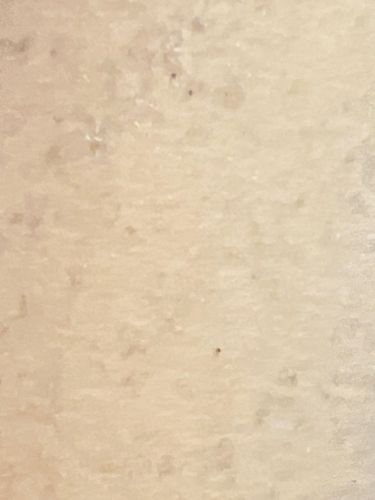Mold Mite
Scientific Name: Tyrophagus putrescentiae (or similar species)
Order & Family: Acari (Acariformes), Acaridae
Size: 0.3-0.6 mm

Natural Habitat
Damp, humid environments with high organic matter, especially food storage areas, kitchens, bathrooms, and areas with mold or decaying plant material. They are often found in stored foods like grains, cheese, dried fruits, and pet food.
Diet & Feeding
They primarily feed on molds and fungi, but will also consume decaying organic material, including stored food products (grains, cheese, dried meats, pet food), and can cause spoilage.
Behavior Patterns
These are very small, slow-moving mites often seen as tiny, crawling specks on surfaces. They thrive in high humidity (above 65%) and moderate temperatures. Infestations can lead to allergic reactions in sensitive individuals, and can contaminate food, giving it a 'dusty' appearance or off-flavor. They reproduce quickly under ideal conditions.
Risks & Benefits
Risks: Can cause allergies (dermatitis, asthma, rhinitis) in sensitive individuals. They infest and spoil stored food products, leading to economic losses and potential health issues if contaminated food is consumed. Benefits: In certain limited ecological contexts, they contribute to the decomposition of organic matter, but primarily considered a pest in human environments.
Identified on: 11/4/2025